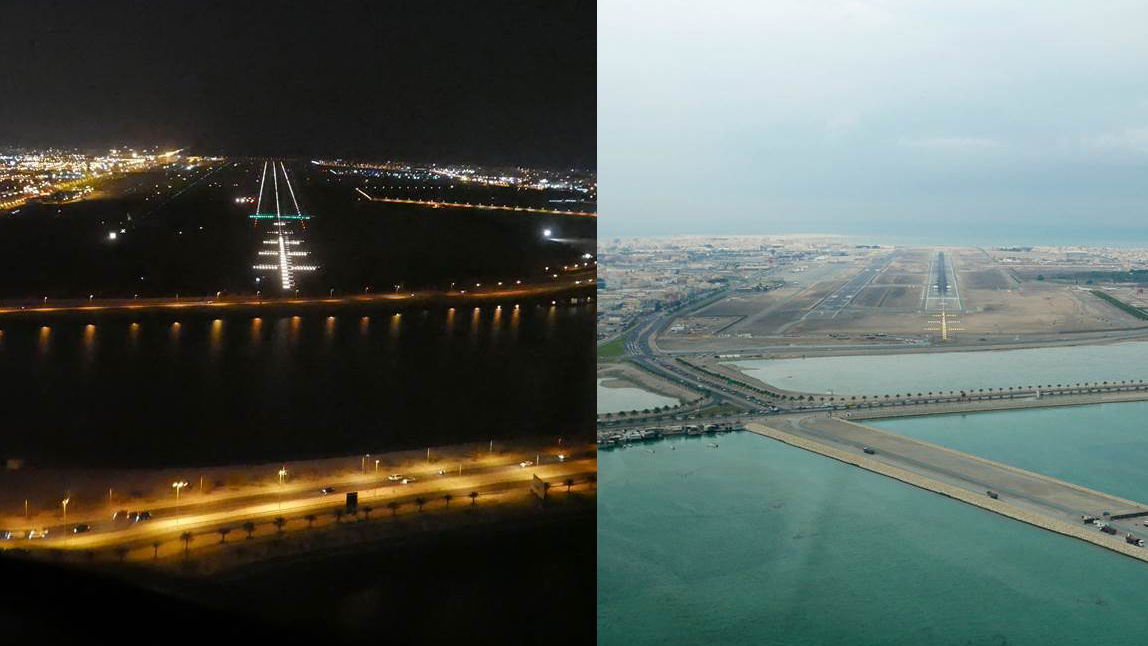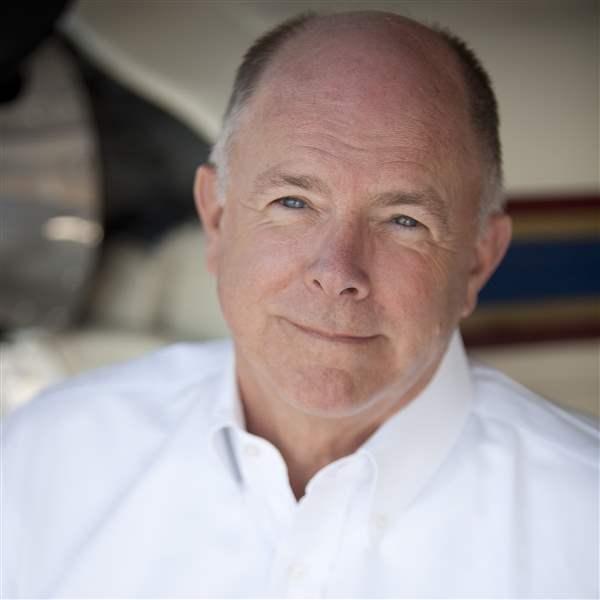The movie ‘Sully’ has an issue

Day and night in the desert
Road lights, palm trees, and reflections off the water at the approach end of a runway certainly make a difference for pilots on short final.
Where: Bahrain International Airport’s Runway 30R
Photographer: Peter Herr, Textron
Submit your own high-resolution photos to Turbine Pilot ([email protected]).
The movie’s only problem—and it’s a big one—is its treatment of the NTSB’s accident investigation. Sullenberger and Skiles are pitted against a vindictive NTSB and Airbus. This is a deliberate miscasting of the NTSB’s true mission. The NTSB’s mission is to independently determine accident causes while remaining free from any trace of bias from outside influences. (Like the principals in the investigation.) The final product of an investigation is a determination of any probable causes or contributing factors to the accident, usually accompanied by recommendations to the FAA, manufacturers, or others involved in the accident sequence, with the intent of correcting any deficiencies uncovered by the investigation.
The NTSB has no enforcement powers; it focuses on safety recommendations only. In Sully, the NTSB boardroom looks and feels like a courtroom, with Sullenberger and Skiles on trial. Yes, Sullenberger, who says he “eyeballed” his surroundings, chose to ditch in the Hudson, based on his flying experience. And yes, Airbus argued that a dead-engine return to LaGuardia was possible, but only if the turn was initiated immediately after the bird strikes. But the movie put an adversarial spin on all that, which is too bad.
Sullenberger obeyed the rule hammered into us from our earliest hours as student pilots: Don’t try to turn back to the airport after an engine failure. —Thomas A. Horne, Turbine Pilot Editor



